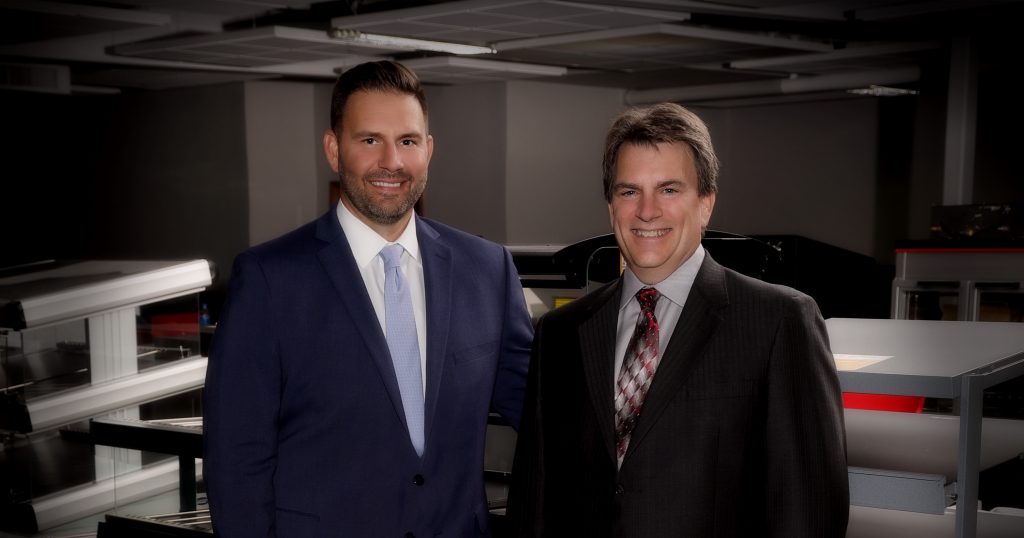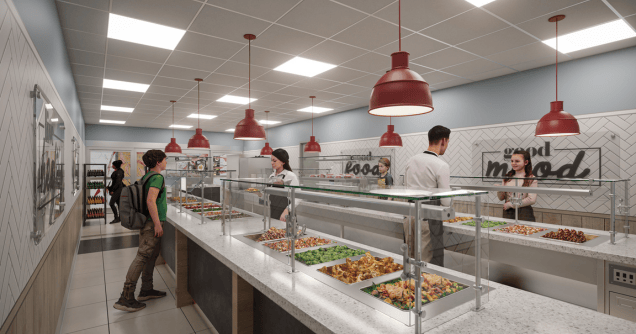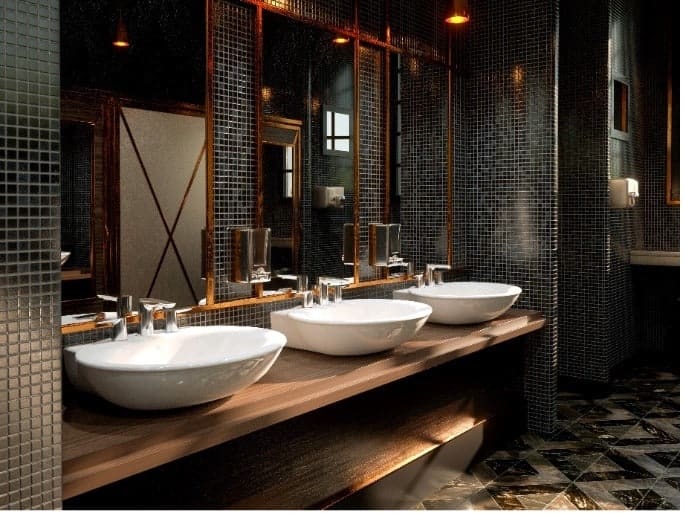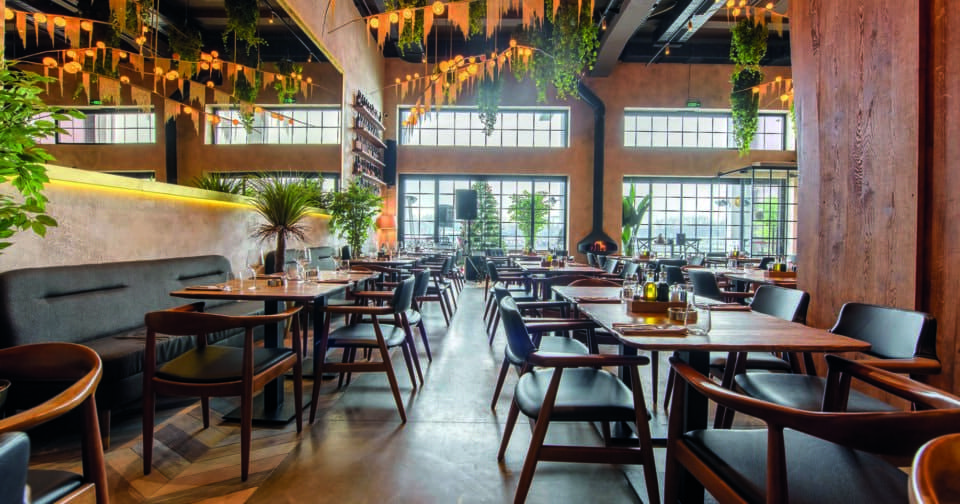
Self-checkout has become a popular method of paying at grocery stores and big box retail giants. Retailers love it because it reduces the number of cashiers they must hire. Shoppers love it because it’s fast, especially if you just have one or two items. Now, many corporations have embraced the self-checkout concept for their on-site foodservice venues. Originally just for convenience outlet applications, self-checkout has become a valued method of payment in full-size cafeterias as well.
Now that self-checkout has crossed over into the full-service categories, one provider told me he had over 70 devices installed around the country. As operators begin to embrace this technology, they’re finding that they can save dramatically on labor without huge upfront costs.
In a full-service cafeteria setting, the program works similar to the self-checkout stations in grocery stores, which use scales and pre-programmed item numbers to read and price out purchases. At the made-to-order stations, foodservice employees prepare and serve foods that are portioned onto plates that are weighed out and priced without the need to scan bar codes. This works for salad bar items as well.
Other systems allow employees to scan their ID badge on a Pad device to place their orders, and then they can pay using touch screen technology. Some systems use a printed card for each food item served. The employee takes a reusable card and uses it to check out, leaving the card behind for reuse by others. Still other applications include a partial order/delivery system for orders that will need to be prepared. The orders go to remote printers and order queue management screens at the appropriate station. The customer then selects a table in the dining area, and the system, using an RFID tracker, locates the customer and the foodservice employee will then deliver the order to the table.
The systems using 100 percent self-checkout cashiering tend to work best in small to medium sized employee populations (up to 1,000). Larger cafeterias might run more smoothly with a “hybrid” system, incorporating both self-checkout stations and staffed cashier stations. Although employees can complete their purchase transactions quickly, heavy demand periods typically require this combination as the staffed cashier stations can process the customers even faster, helping to reduce wait times at checkout.
Labor savings
Self-checkout systems can also be converted almost instantly to full-service if needed, and vice versa during slow periods, which can then operate as 100 percent self-checkout. This allows operators to dramatically cut back on labor during slower periods of the week.
In speaking with operators who have used these self-checkout systems, training tends to run smoothly. At the same time, customers report ease of use with these systems thanks to their intuitive nature. Still, some cafeterias staff one or more foodservice employees near the self-checkout station areas to assist with any problems. This is another way operators can cut back on labor, reassigning employees who would normally fully staff the cashier stations to not only help enhance the guest experience, but also tend to other needs and tasks during busy times.
Another benefit of self-checkout systems is that they allow operators to open up their recruiting efforts to a wider range of employees. Because these systems are so self-run and intuitive and they cut back on the need for extra customer interfacing, operators can employ people of different skill sets.
Self-checkout systems also enhance customer customization, i.e., allowing them to order exactly what they want, which is a huge demand among consumers – especially younger ones – right now, who want more control over their ordering and payment methods.
Self-checkout systems, like digital ordering, also improve order accuracy. Instead of customers yelling their orders to staffers behind a counter, they can simply plug in what they want – no matter how complex – at the station, at a kiosk, or online, and know they’re going to get what they ordered. As long as the employees are well-trained on the system, customers can also rest assured they will receive that order in a timely fashion.
This “real time” recording of purchases also helps management monitor inventory and menu development, increasing or decreasing production of certain items depending on sales. They can also use this information to forecast food preparation needs, thereby reducing waste.
For cafeterias using self-checkout systems and online ordering, many have opted to segregate orders in a different refrigerator or holding system or use special labels to indicate these items have already been purchased. Separate counters can also be used.
Reward programs
Operators can also use self-checkout systems as a tie-in to their client’s corporate wellness programs that reward employees for choosing healthy items since there is a full record of what each employee purchased. Other systems are linked with personal fitness apps that record foods chosen at home, restaurants, and the corporate cafeteria for total monitoring of consumption. A survey feature can be included, asking for comments from the customers, which again, is instantly transmitted to management for acceptance levels and also to correct any problems quickly.
Though there are many pros with self-checkout systems, there are some cons to consider. The costs of these systems are slightly higher than conventional POS systems, but with the permanent labor savings, the payback time can be very short. The costs for both the conventional POS and self-checkout systems include the hardware, the license fee for the software, and annual upgrades.
Introducing the system to a workforce in an industry segment that may hesitate to embrace it can also pose challenges. However, using focus groups and floating foodservice staff for customer assistance helps introduce these systems to the employees.
Another drawback may occur when adding this system to a full-size cafeteria with staffed cashier stations that are on a completely different accounting system than the self-checkout system, requiring reports to be combined to get complete results.
For many operators, however, the labor savings, minimal training requirements and improvements in order accuracy, speed of service and customization greatly outweigh the pros. As such, self-checkout systems continue to become widely popular in the foodservice community with advantages that can benefit all parties.
Ted Farrand FCSI is director of management advisory services (MAS) at Cini-Little International, Inc., Washington, D.C.,




